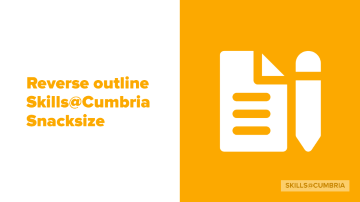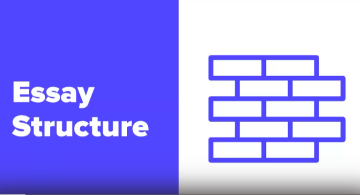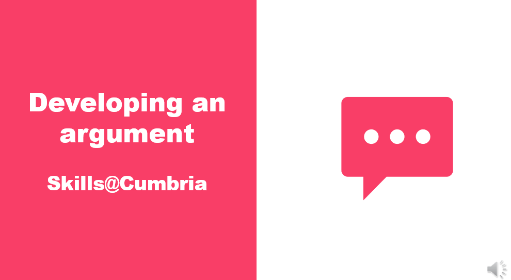The essay title or brief is an obvious starting point as it outlines the essay's subject matter and what will be done with that subject matter. This therefore frames the content and purpose of the essay.
An essay question or title can be broken down into:
- Instruction: What you must do
- Subject: The topic of the essay
- Aspect: Defines the facet of the topic you must consider
- Focus: Context in which you must consider the topic
The instruction or the verb used in an essay title gives you an indication of how you will be expected to handle your subject matter in your writing. Some examples are given in the table below.
| Instruction | What it means |
|---|---|
| Analyse | Examine in very close detail; identify important points and key features. |
| Compare | Show how two or more things are similar. Indicate relevance or consequences of these similarities. |
| Contrast | Set two or more items of arguments in opposition so as to draw out differences. Indicate significance of differences. |
| Critically evaluate | Weigh arguments for and against something, assessing the strength of the evidence on both sides. |
| Describe | Give the main characteristics or features of something, or outline the main events. |
| Discuss | Give arguments for and against; consider the implications of. |
| Evaluate | Assess the worth, importance or usefulness of something, using evidence. Will probably be cases to be made both for and against. |
| Explain | Make clear why something happens, or why something is the way it is. |





